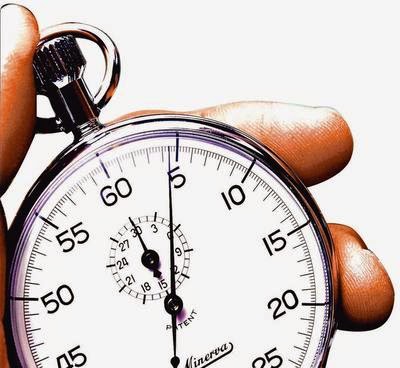There are 7 fundamental quantities,
namely: length, mass, time, temperature, electric current, amount of substance,
and luminous intensity.
Length. In daily life,
length is used for measuring distance, thickness of a book, etc. In science
length represents the distance between two points, for instance the length of
the side of a triangle is the distance between two corners of the triangle. The
SI of length is meter (m).
Mass. The
amount of materials in the substance is called mass. Mass is not the same as
weight. The mass is determined by the contained materials and fixed state
although the object’s position changes. Weight
depends on the position of the object on the earth and is affected by the
gravitational force. In SI, mass uses fundamental unit of kilogram (kg)
and is measured with lever balance while the unit of weight is Newton (N) and
is measured with spring balance.
Time. Time
is the duration between two events. For example, daylight is between the
sunrise and sun set. Life time is between birth and death. The SI unit for time
is second (s).
Temperature. Fire is hot but ice is cold. A
hot object is said to have high temperature, but a cold object has low
temperature. Thus temperature shows the degree of hotness and coldness of an
object. The common measuring tool for temperature
is a thermometer.
Questions:
1.
How many types of fundamental quantities
are there? What are they?
2.
Give examples of objects
around us that have length!
3.
What is ‘mass’?
4.
What is the difference between
‘mass’ and ‘weight’?
5.
What is ‘time’?
6.
What is ‘temperature’?










